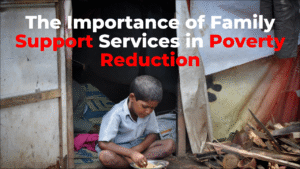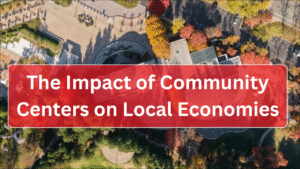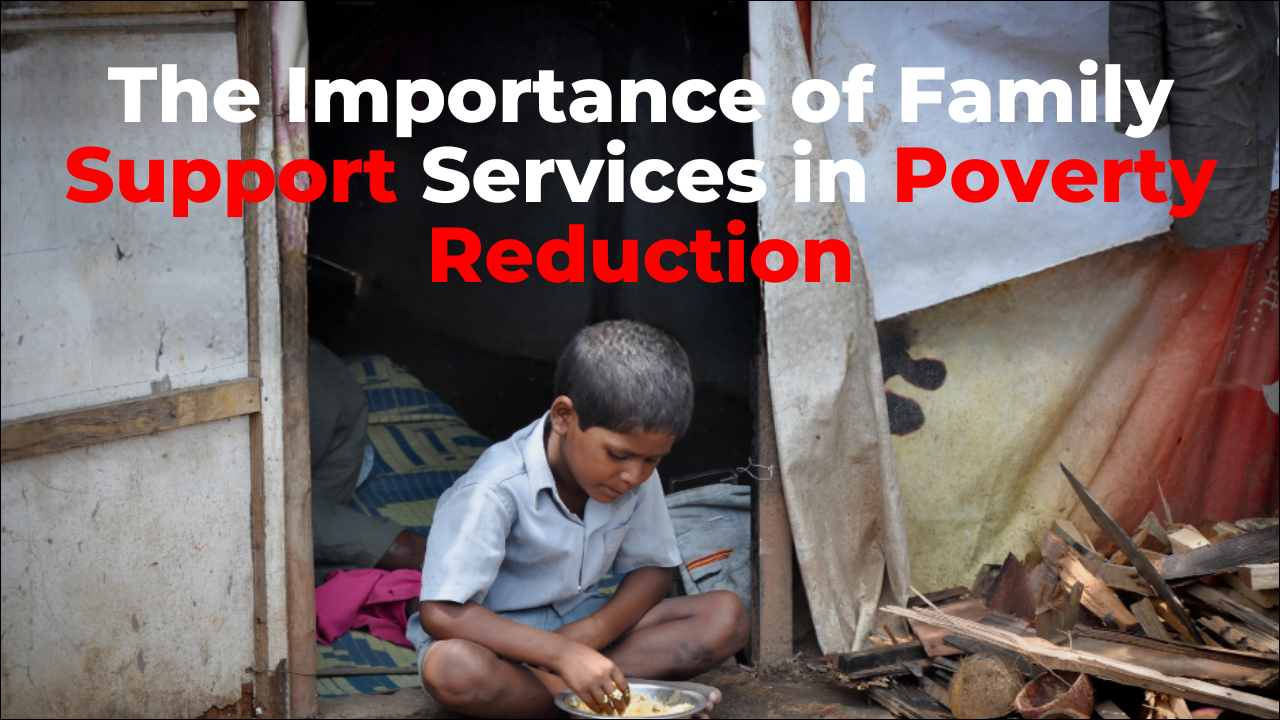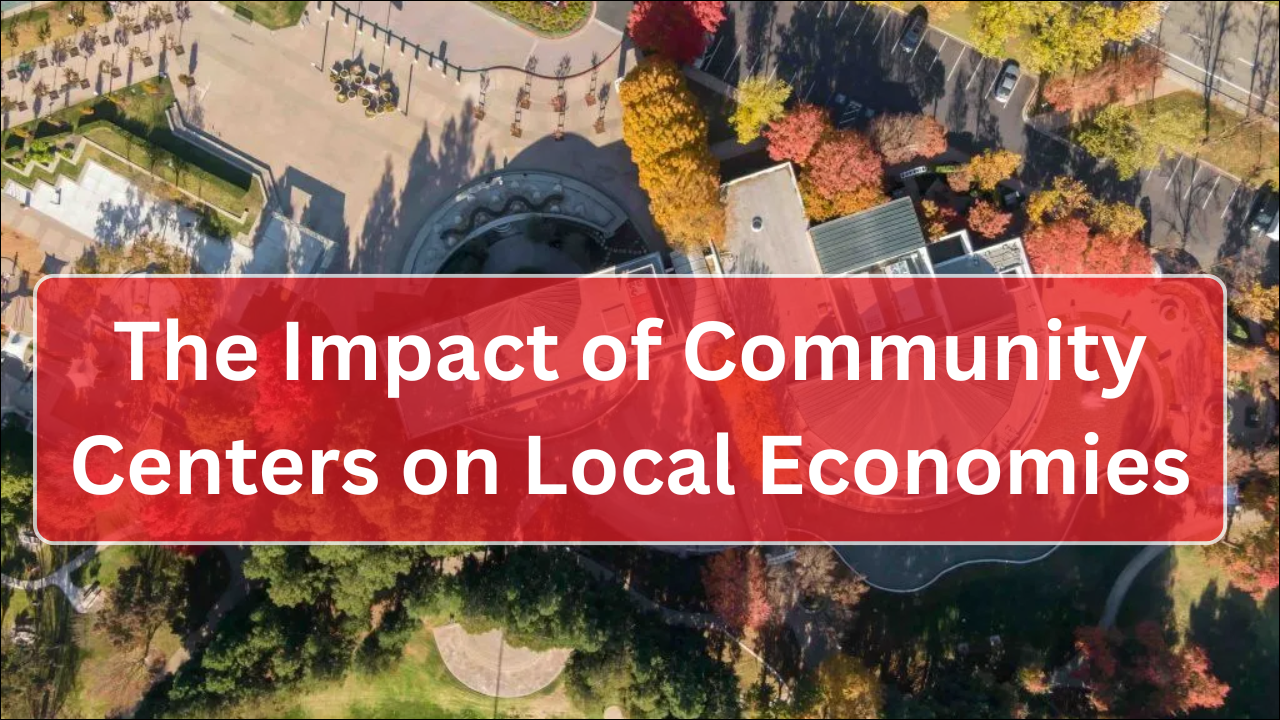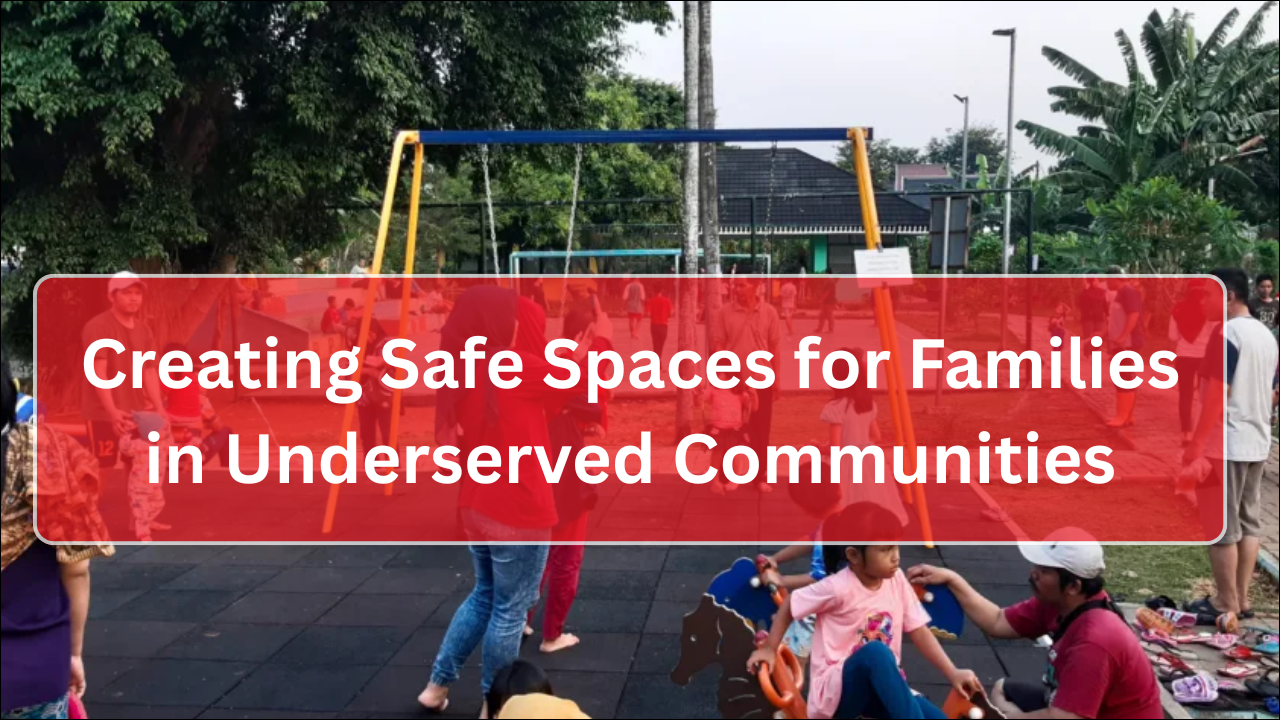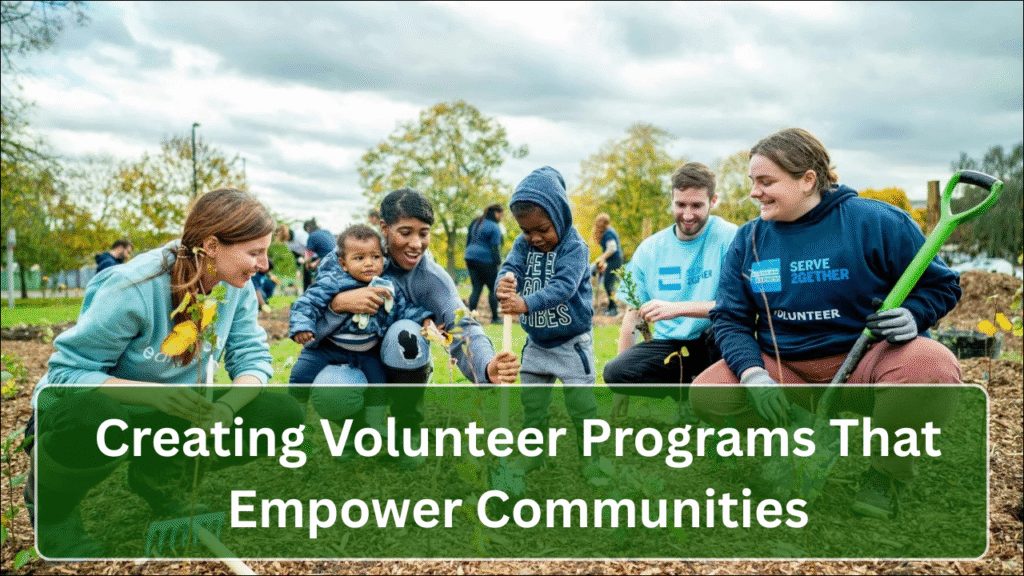
Volunteer programs are vital tools for strengthening communities, fostering civic engagement, and providing essential support to individuals and families. Well-designed programs empower volunteers while addressing pressing community needs, creating a ripple effect of positive change. At organizations like The Hope Center for Families in Northwest Dayton, volunteer initiatives integrate education, health, and social services, enabling community members to contribute their time and skills toward meaningful outcomes. These programs not only benefit service recipients but also cultivate leadership, skills development, and social cohesion among volunteers.
Table of Contents
1. The Role of Volunteer Programs in Community Empowerment
Volunteer programs provide both tangible support and social capital to communities.
- Service delivery enhances access to education, healthcare, and social support.
- Community engagement fosters social cohesion and collective problem-solving.
- Volunteers gain skills, confidence, and leadership experience.
- Programs promote a culture of civic responsibility and shared community ownership.
2. Designing Effective Volunteer Programs
Creating impactful programs requires planning, clear objectives, and alignment with community needs.
- Needs Assessment: Identify community gaps in services such as tutoring, mentoring, or health support.
- Role Definition: Clearly outline volunteer responsibilities and expectations.
- Training and Orientation: Provide comprehensive training to equip volunteers with the necessary skills and knowledge.
- Support and Supervision: Offer guidance and regular check-ins to ensure volunteers succeed.
- Recognition and Retention: Celebrate volunteer contributions to encourage continued engagement.
3. Key Areas of Volunteer Engagement
Volunteer programs at community centers like The Hope Center focus on multiple areas of support.
- Education Support: Tutoring, mentoring, and literacy programs for children and adults.
- Health and Wellness: Assisting in health screenings, fitness programs, and mental health workshops.
- Family Services: Supporting parent workshops, childcare, and family resource distribution.
- Community Outreach: Organizing events, resource drives, and awareness campaigns.
- Administrative Assistance: Providing office support, fundraising assistance, and event coordination.
Volunteer Roles and Community Impact
| Volunteer Role | Area of Focus | Impact on Community |
|---|---|---|
| Tutor | Education | Improved literacy and academic outcomes |
| Mentor | Youth Development | Enhanced social skills and confidence |
| Health Assistant | Wellness Programs | Increased access to preventive care |
| Event Coordinator | Community Outreach | Greater participation and awareness |
| Administrative Support | Organizational Operations | Efficient program delivery |
4. Empowering Volunteers Through Training and Development
Volunteers thrive when they are prepared and supported in their roles.
- Skill Development: Training in communication, leadership, and problem-solving enhances volunteer effectiveness.
- Cultural Competency: Understanding diverse backgrounds improves service delivery.
- Mentorship Programs: Experienced volunteers guide newcomers to build confidence.
- Feedback Mechanisms: Regular evaluations help volunteers improve and feel valued.
- Career Advancement: Volunteer experience can support resumes and job applications, particularly for young adults.
5. Building Collaborative Volunteer Programs
Partnerships with schools, hospitals, and local organizations increase volunteer program reach and effectiveness.
- Schools: Volunteers assist in tutoring, after-school programs, and parent engagement workshops.
- Hospitals: Volunteers support health screenings, patient guidance, and wellness initiatives.
- Nonprofits: Collaborative projects such as food drives, housing support, and educational workshops expand community impact.
- Local Businesses: Corporate volunteer programs contribute skills, time, and resources to support initiatives.
6. Strategies to Engage Diverse Volunteer Populations
Inclusive volunteer programs ensure participation from a wide array of community members.
- Flexible scheduling accommodates working adults and students.
- Remote or virtual volunteering allows for participation from distant supporters.
- Youth volunteer programs foster early civic engagement and leadership skills.
- Targeted recruitment ensures diversity in skills, backgrounds, and experiences.
- Recognition programs celebrate contributions and promote ongoing involvement.
Volunteer Engagement Strategies
| Strategy | Purpose | Expected Outcome |
|---|---|---|
| Flexible Scheduling | Maximize participation | Increased volunteer numbers and engagement |
| Virtual Volunteering | Overcome geographic limitations | Expanded program reach |
| Youth Programs | Develop leadership and civic responsibility | Long-term community investment |
| Diversity Recruitment | Ensure inclusive representation | Richer perspectives and more effective service |
| Recognition Programs | Encourage retention | Sustained volunteer commitment |
7. Measuring Volunteer Program Success
Evaluation ensures programs meet community and organizational goals.
- Track the number of volunteers, hours contributed, and programs supported.
- Monitor outcomes for service recipients, such as improved academic or health indicators.
- Collect volunteer feedback on training, support, and satisfaction.
- Analyze long-term impacts on community cohesion, engagement, and resource accessibility.
- Adjust programs based on data to increase effectiveness and efficiency.
8. Overcoming Challenges in Volunteer Programs
Volunteer programs face operational and engagement challenges that must be addressed strategically.
- Retention: Providing ongoing training, recognition, and clear role expectations helps maintain volunteer involvement.
- Resource Constraints: Partnering with local businesses and organizations supplements staffing and materials.
- Skill Gaps: Offering training and mentorship ensures volunteers can effectively support programs.
- Scheduling Conflicts: Flexible hours, weekend, and virtual opportunities increase accessibility.
- Coordination Complexity: Strong program management and clear communication systems facilitate smooth operations.
9. Long-Term Benefits of Volunteer Programs
Sustainable volunteer programs provide enduring benefits for both communities and volunteers.
- Strengthened community networks and social cohesion.
- Enhanced educational and health outcomes for children and families.
- Empowered volunteers with leadership skills, confidence, and civic engagement.
- Increased organizational capacity for nonprofits and community centers.
- Creation of a culture of service that inspires future generations.
Long-Term Community Impacts of Volunteer Programs
| Impact Area | Outcome | Community Benefit |
|---|---|---|
| Education | Improved literacy and graduation rates | Stronger future workforce |
| Health & Wellness | Greater access to preventive care | Healthier families and reduced medical costs |
| Family Support | Strengthened parent-child relationships | Improved family stability |
| Civic Engagement | Active community participation | Social cohesion and collective problem-solving |
| Volunteer Development | Leadership and skill acquisition | Empowered individuals contributing to long-term change |
Closing Perspectives
Creating volunteer programs that empower communities requires planning, collaboration, and support for both volunteers and service recipients. Organizations like The Hope Center demonstrate how integrated programs in education, health, and social services can harness volunteer energy to create meaningful change. Well-structured programs build skills, foster civic engagement, and strengthen families, while the community benefits from increased access to essential resources and enhanced social cohesion. Volunteerism, when thoughtfully implemented, becomes a driving force for empowerment, resilience, and lasting positive impact in communities.

